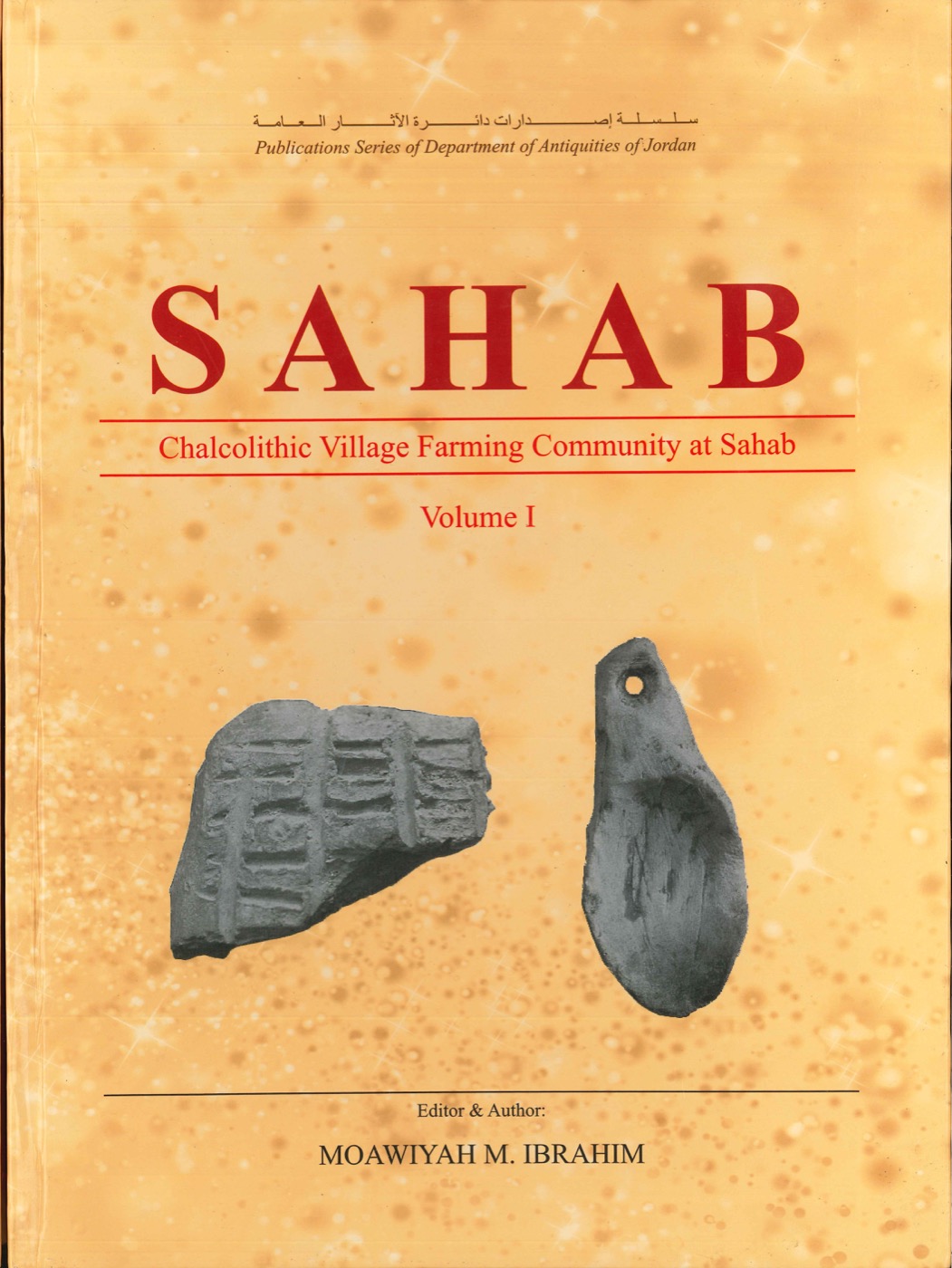By Moawiyah M. Sahab Ibrahim.
(Amman, Department of Antiquities of Jordan Publications Series, 2016)
Volume I
Volume II
Sahab is one of the largest Jordanian archaeological sites located in the transitional zone between the highlands and the desert . The excavations at the site were considered as rescue/salvage operations, which continued for a number of years. It was probably the largest excavation project to be undertaken and sponsored by the Department of Antiquities at that time. Several members of the DoA were trained at the site. However, the budget for the excavations and project members was very limited, which was the main reason for not processing the material towards final publication.
Sahab has a long history of occupation, extending from the Late Neolithic/Chalcolithic period (5th and 4th millenia BCE) to the Late Iron Age (6th century BCE). The site was apparently abandoned until the medieval Arabic Period (11th-13th centuries CE), evidenced by Ayyubid/Mamluk pottery sherds. There was another occupational gap from the 13th century to the 19th century CE, at which time the present inhabitants moved to the site.










 Stumble It!
Stumble It!

No comments:
Post a Comment